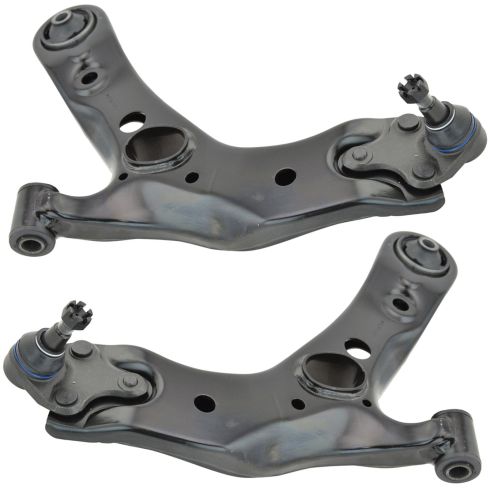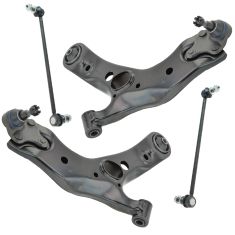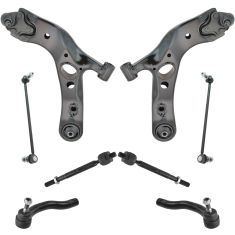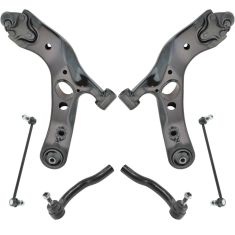1ASFK00914-Toyota Lexus Front Driver & Passenger Side Lower 2 Piece Control Arm with Ball Joint Set TRQ PSA62339

Replaces
2020 Lexus NX300h Front Driver & Passenger Side Lower 2 Piece Control Arm with Ball Joint Set TRQ PSA62339

Product Reviews
Loading reviews
4.89/ 5.0
9
9 reviews
Happy with A1
January 23, 2020
Lower control arms were delivered quickly and were of good quality!
Wish installing them were as easy.
Will definitely use A1 again in the future
Does the job.
October 7, 2021
A good product which is holding up against our awful roads, whereas when I replaced just the bushes via another supplier they failed in about 2 months.
October 30, 2021
The parts fix like they should. Pretty easy to install
Great
April 13, 2023
Great fit and video was super helpful and informative.
Perfect Fit, Easy Swap
October 14, 2023
Fitment was right on. Not a hard install to do. Just replaced and the knock is gone now. Hope these last for the next 100,000+ more miles. Seem to be quality parts.
Shipped fast and packaged well.
Thank you.
January 25, 2024
Good parts
Life saver
February 20, 2024
Parts fit perfectly well. Better than the oem. A+
May 1, 2024
That are the nice thing
May 19, 2024
Very satisfied
Customer Q&A
Will this fit the rav 4 2007 from japan ?
October 7, 2021
10
While there are no guarantee's, I used this product on my 2008 2ltr RAV4 from Japan with no issues. Whereas when I replaces just the bushes from another supplier they failed within 2 months. I think with this item if it looks right it will work.
October 7, 2021
Peter W
10
My guess would be NO, for 2 reasons: 1) Japan has right-hand-drive cars, and so the frame parts are different. 2) US frames are built to pass DOT and NHTSA standards (crash standards). So the parts are different too. Please check VIN compatibility to see the they call for different part numbers. You can also search to get free old discarded ones to compare with. Lastly, you can sometimes return the parts if they don't fit - check will seller first.
October 7, 2021
Nova G
10
Our parts are made for the North American market, so these will not fit your Rav4 made for the Japanese market.
October 7, 2021
T I
Does this parts fits 2006 toyota rav4 base v6?
February 27, 2022
10
Yes, these parts will fit your vehicle.
March 1, 2022
Andra M
Hi control arm parts fit 08 rav 4 V6 limited?
December 26, 2022
10
Yes, this part will fit your vehicle.
December 29, 2022
T I
Will this part fit Toyota Rav4 LE AWDrive?
March 27, 2023
10
Yes, these will fit any 2006-2018 Toyota Rav4.
March 28, 2023
T I
Lexus is a registered trademark of Toyota Motor Corporation. 1A Auto is not affiliated with or sponsored by Lexus or Toyota Motor Corporation.
See all trademarks.












